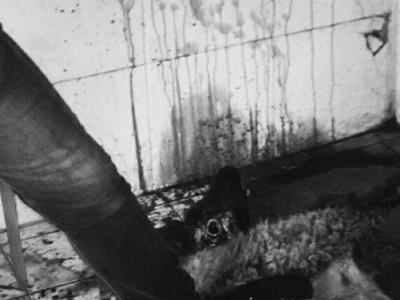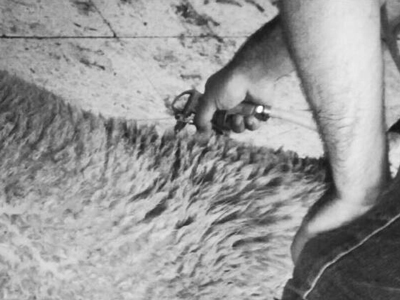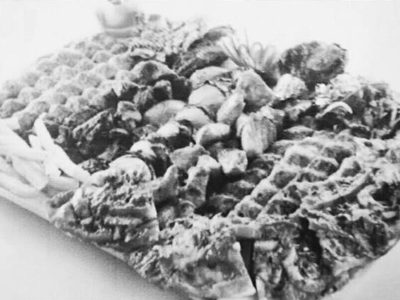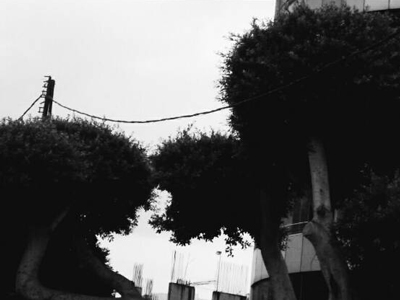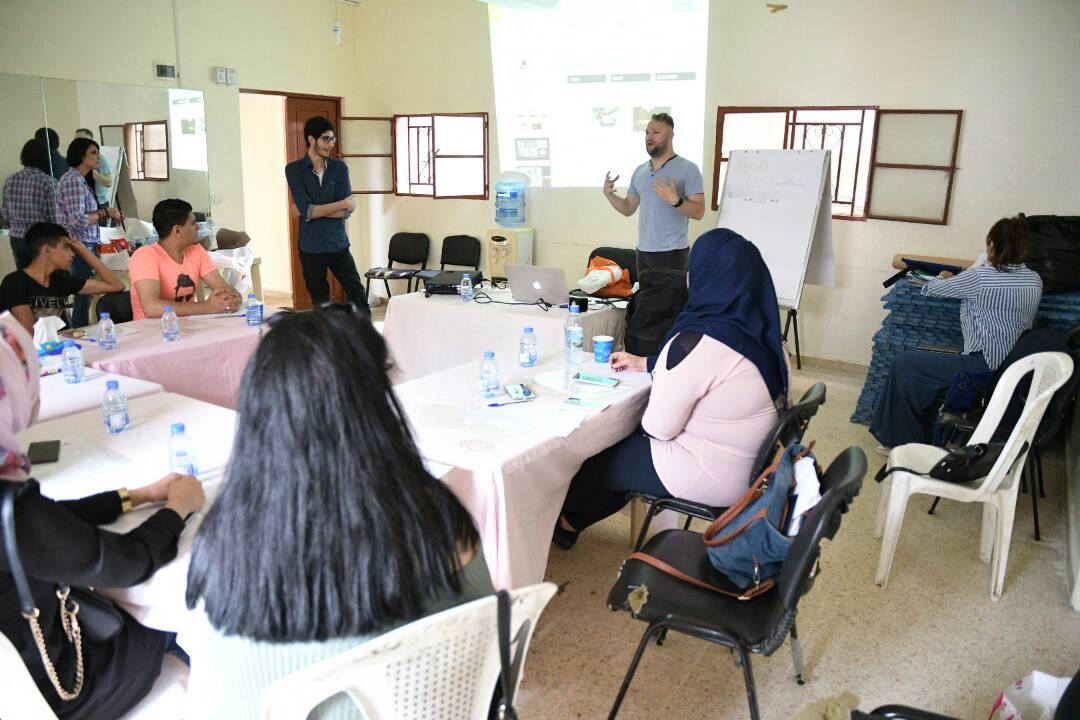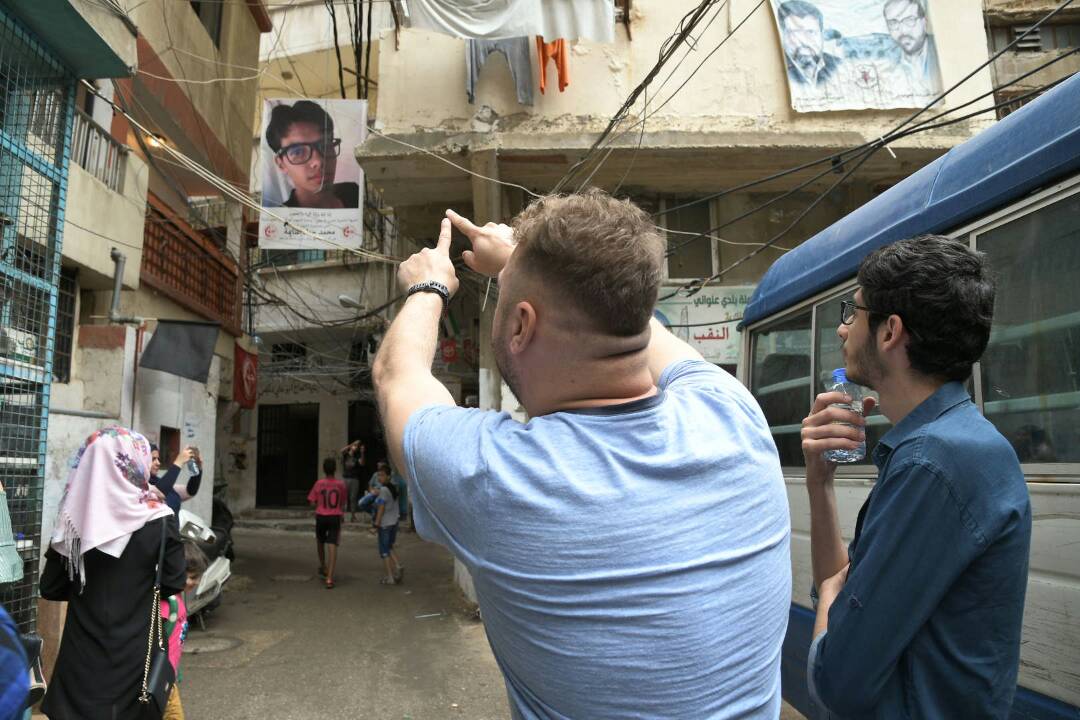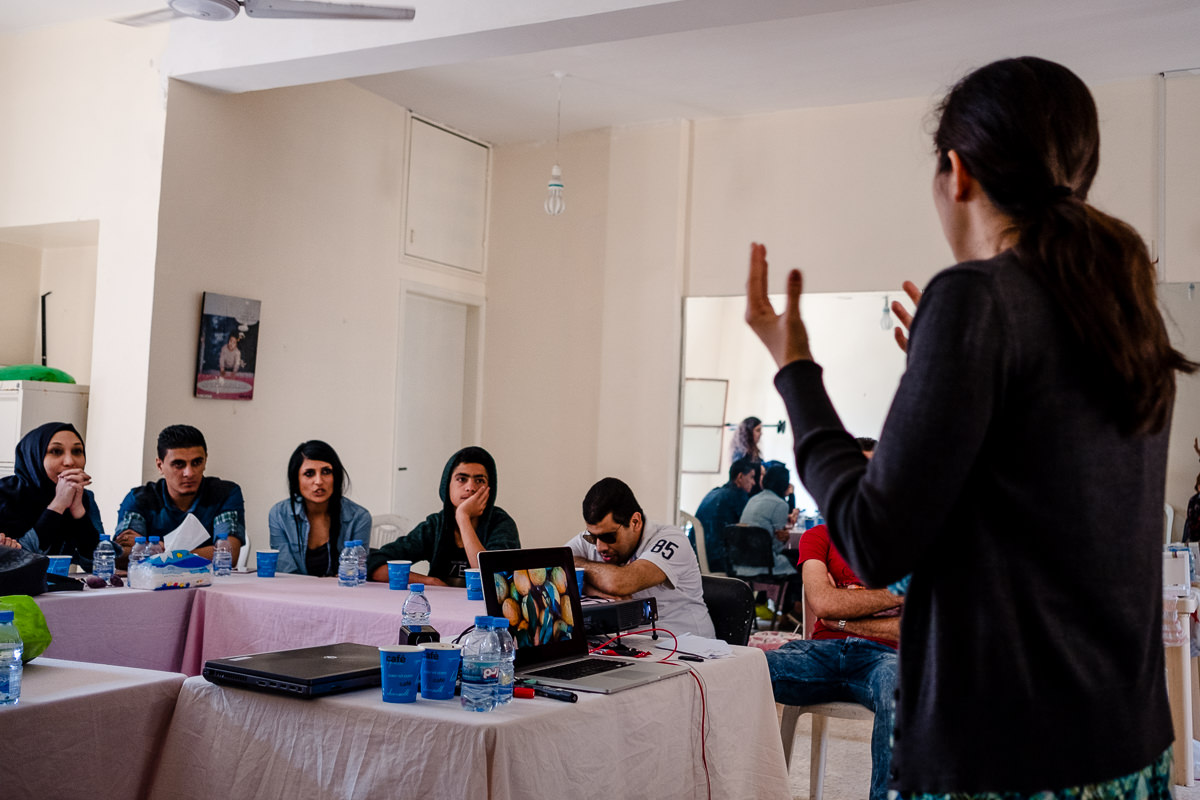Other
Refugees from camps across Lebanon come together in Shatila camp to learn how to create and share stories using their mobile phones.
Since my very first step into Shatila refugee camp it became apparent this was a very misunderstood place. It had existed for over 70 years only miles away from the country's nicest areas in the over populated capital of Beirut, yet it remained largely excluded from the rest of society. Taxi drivers wouldn't take me there, anyone I asked warned about the dangers of visiting such a place.
The perception of Shatila refugee camp has been shaped in part by the media. Like many of the refugee camps across the country, the only stories that emerge from these places are ones that convey the dire circumstances and lawlessness of the camp. During the three years living and working in Shatila camp I was afforded the chance to see first hand incredible acts of compassion, the power of a community, the rising number of college graduates from the camp and those who are working tirelessly to tackle the real challenges of such a place.
For us to truly understand the humanity that exists within these camps stories must reach beyond its walls. I believe there is no better person to share these stories than those who understand this place and have a connection to it. Recognizing how media can be a powerful tool for change, Samaa Abu Sharar and I put together a multi-day workshop to assist refugee photographers and filmmakers from camps all over Lebanon on how to create and share these stories using only a mobile phone, one of the most accessible tools today. These stories would then be published internationally.
Special thanks to Majed Abu Sharar Media Foundation (MASMF) for organizing the workshop, Norwegian People's Aid for sponsoring it, Mohammad Y. Zamzam for translation and The Palestine Chronicle for publishing our participant's work.
The goal of our week-long workshop was to create a story using a series of images focusing on a subject. Every image needed to count by individually conveying something different than the rest but when combined with all images conveyed something greater: a story. After dozens of applications, 12 participants from 7 different refugee camps were accepted into the workshop. Just like in the professional world I expected everyone to work hard, meet deadlines and present a finished project on our last day together.
The content of our course was an intense combination of a decade's worth of work experience, along with formal education and a dash of inspiration from those in the field. Our workshop consisted of four main components: theory, practical skills, application and presentation. Theory was the first and most important aspect of the workshop as it shared the fundamentals of what makes a powerful story. Practical skills allowed participants to get out and make images in Shatila camp as a group and then use those images to learn the basics of editing using a cell phone. Many students found making images was easy, editing on the other hand was a different story.
At the end of practical skills, participants were then given the task to take everything they had learned and make their own story. Having a small class allowed for individual attention for every participant, including feedback and assistance throughout the process. In the final session of the workshop participants shared their stories while learning how to give and receive valuable feedback in a manner that was constructive to their work.
Every participant of the workshop completed their project and was given a certificate from MASMF. Their work was then published in the US based international publication The Palestinian Chronicle in four separate editions with introductions written by Samaa: People of the Camp, Life Pleasures, Places with Stories and Creations.
People of the Camp
It is no secret that life in Palestinian camps in Lebanon is a tough one; refugees young and old struggle to make ends meet. But people make all the difference, their resilience and optimism against all odds make them continue everyday for a better tomorrow. Our three stories featured here are those of men and women in Shatila camp in the Lebanese capital Beirut, and in Rashidieh camp in Tyre the south of the country who work hard to provide for themselves or for their families.
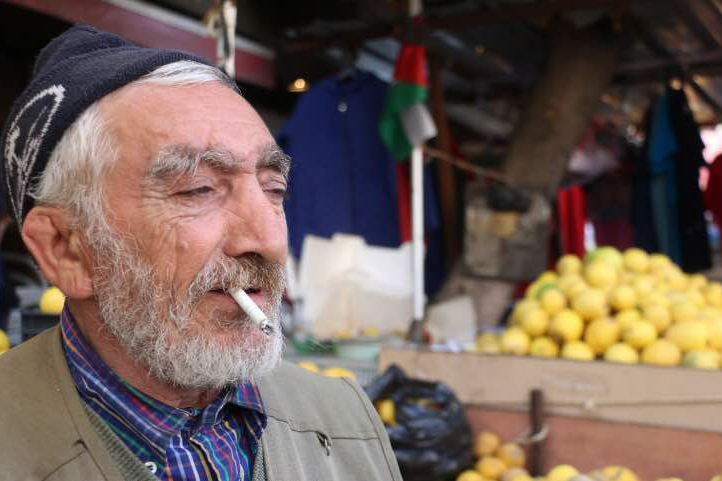
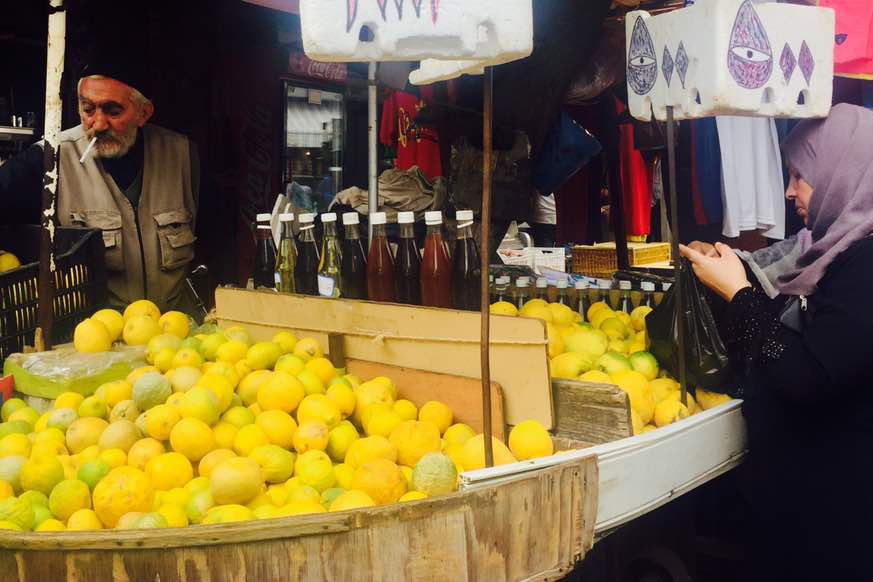



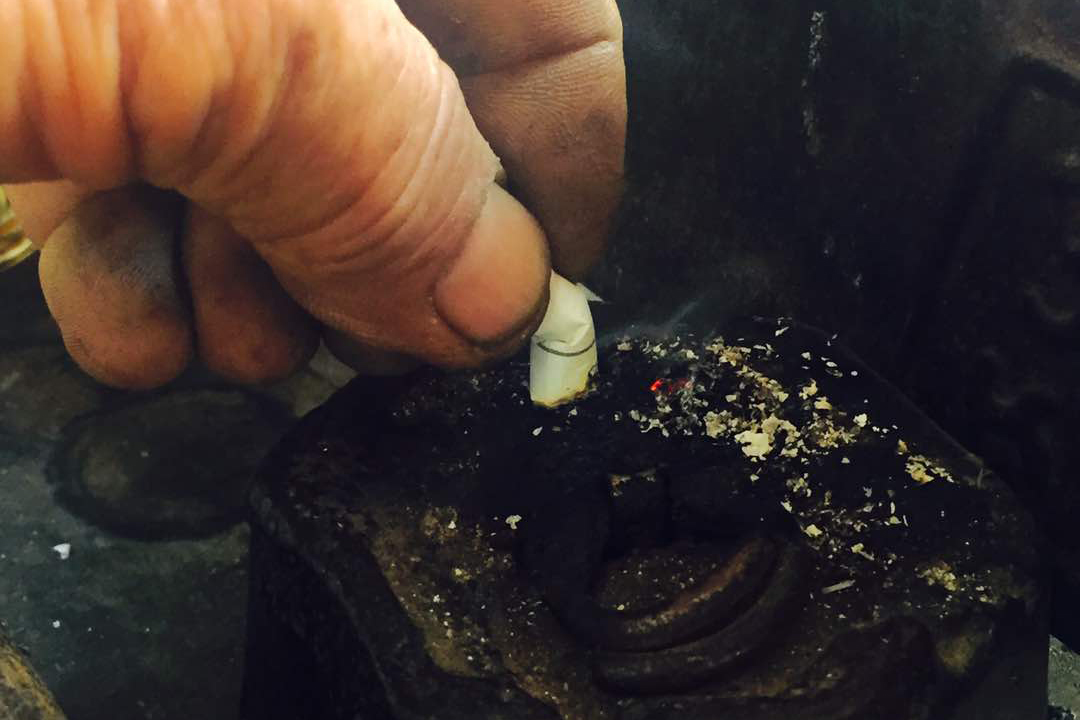
Old People Work
Abu Ali is an old man who works as a vegetable seller at a dealer in Sabra Street. Abu Ali is still working to this day only to support the education of his children so they may obtain a decent living with a safe future.
Location: Sabra Street, Beirut Lebanon
Photographer: Mohammed Badawieh, Daouk gathering, Beirut, Lebanon
A Glitter of Life
Dalal is a woman in her forties, whose life forced her to strike her plow in the ground in order to fight the surrounding harsh conditions. She became the primary breadwinner for her children and she knew that perhaps everyone around her might fail her or she might even carelessly fail herself. Despite everything however, she believes she will prevail.
Location: Rashidieh camp, Tyre, Lebanon
Photographer: Rania Al Kot, Rashidieh camp, Tyre, Lebanon
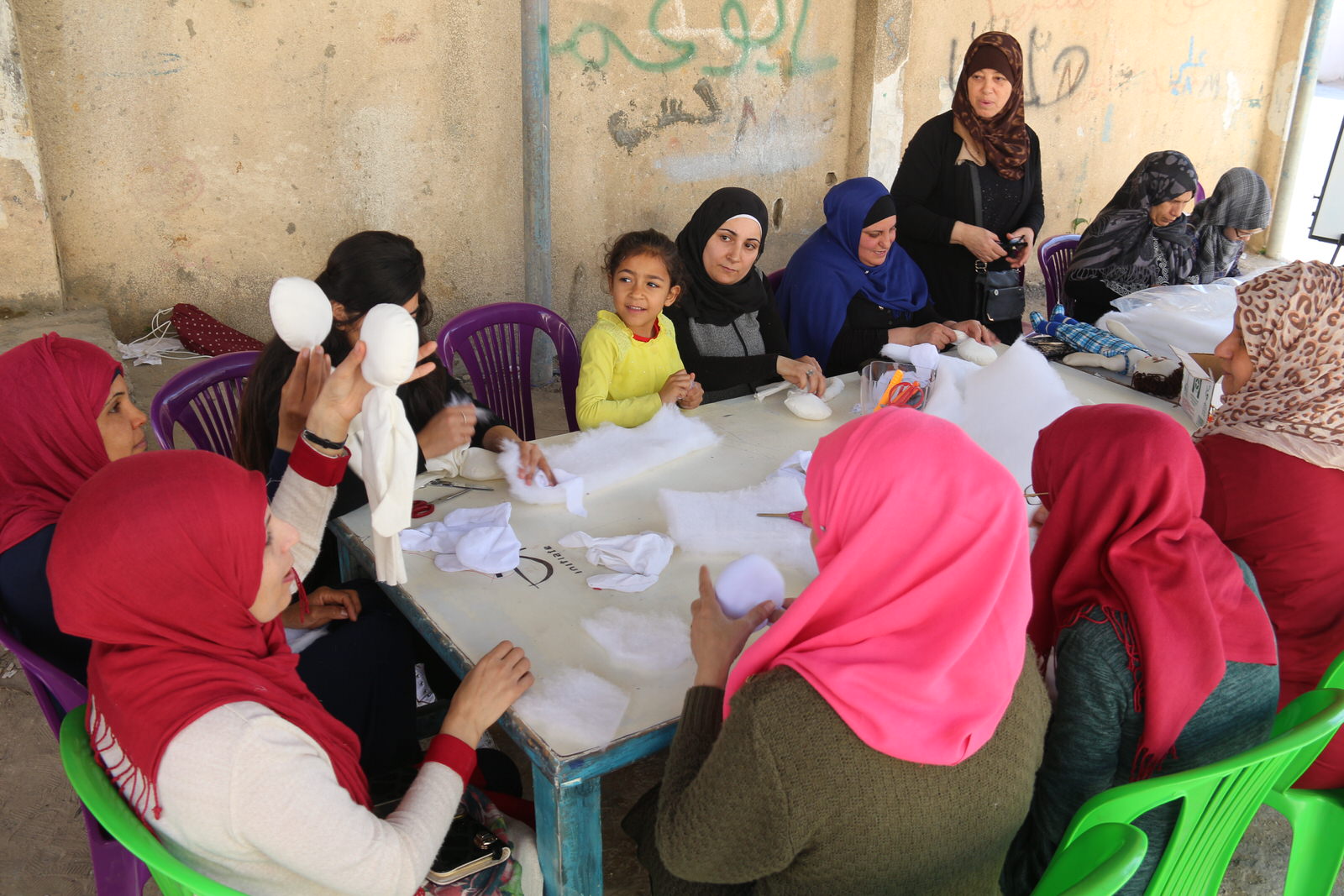
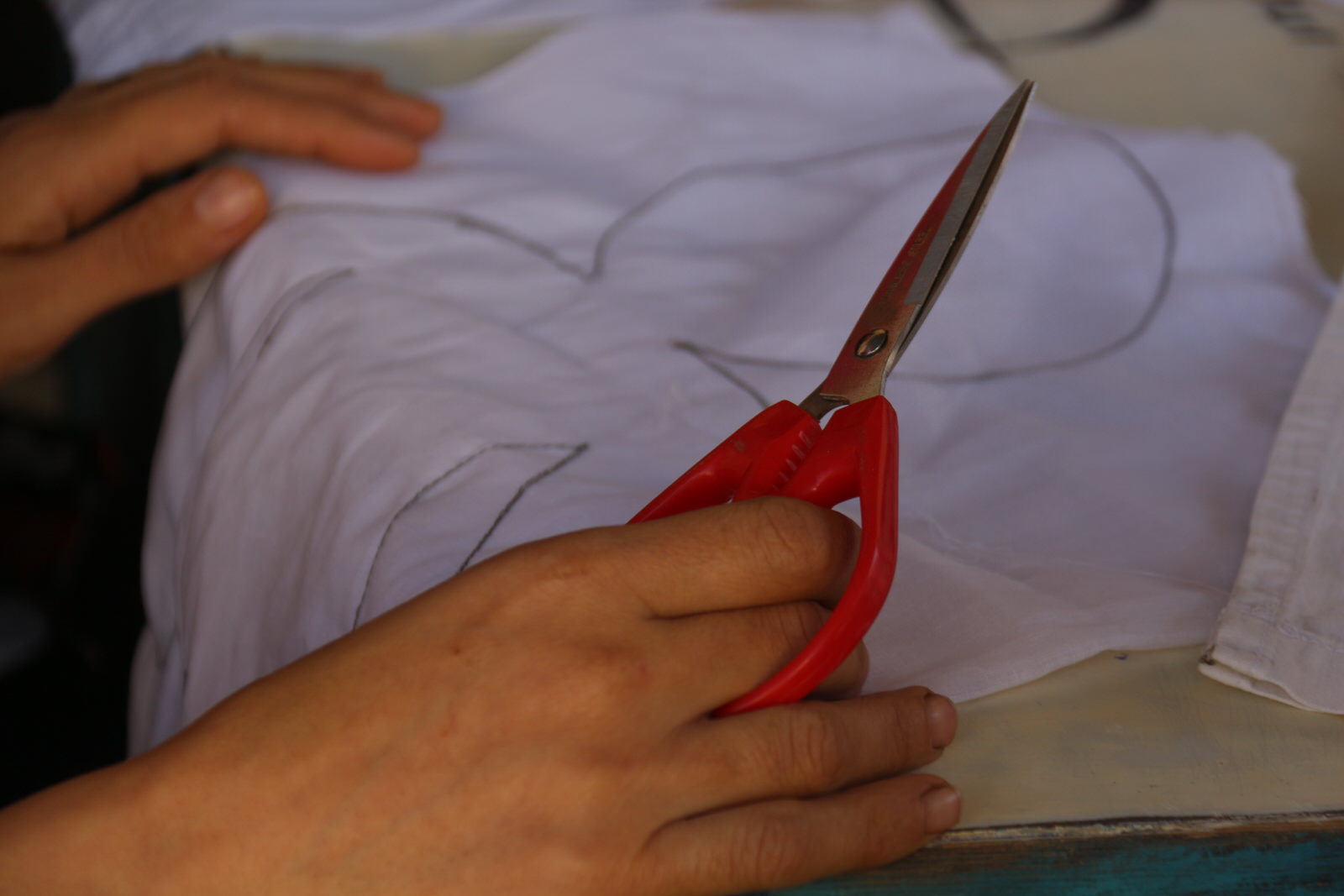



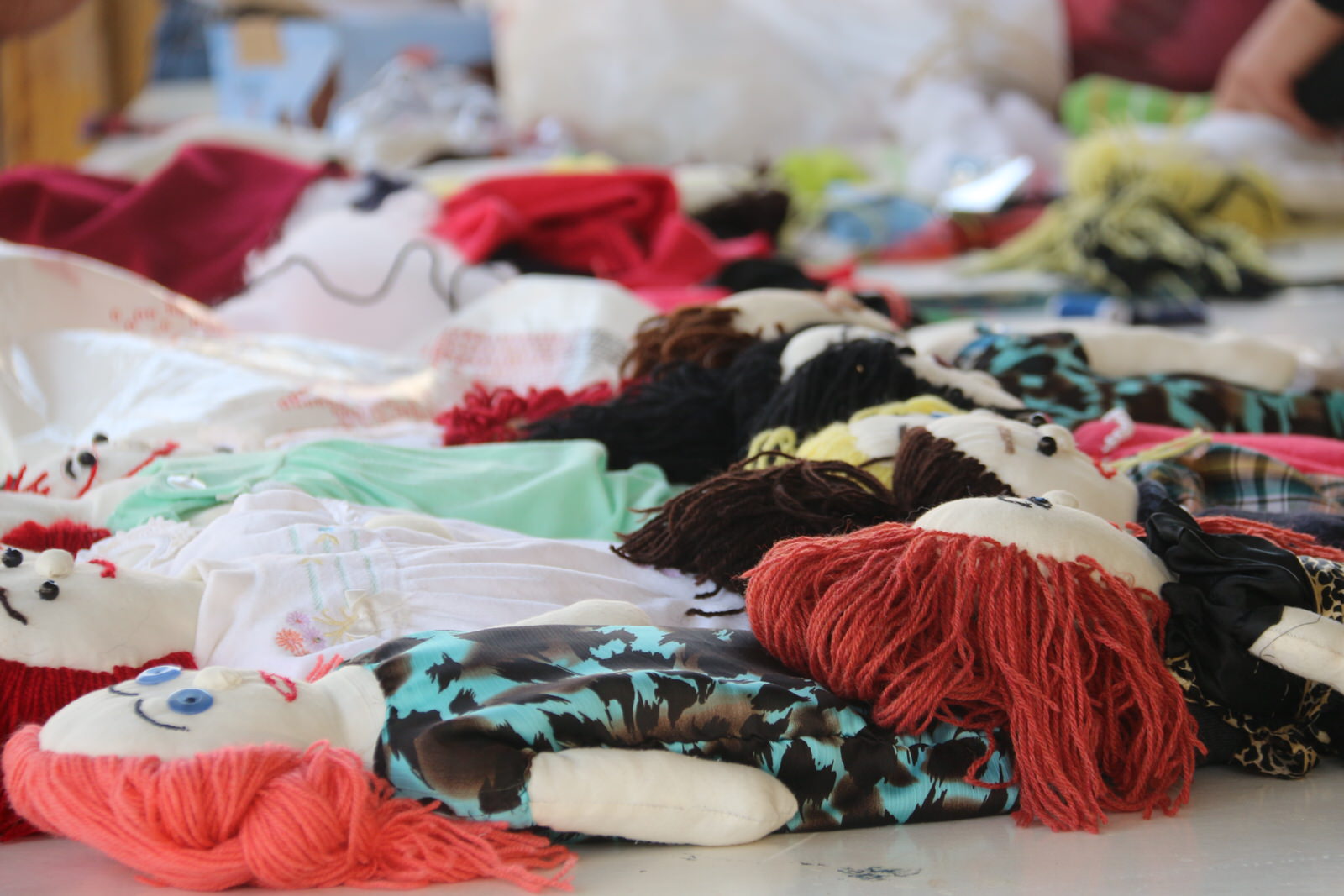
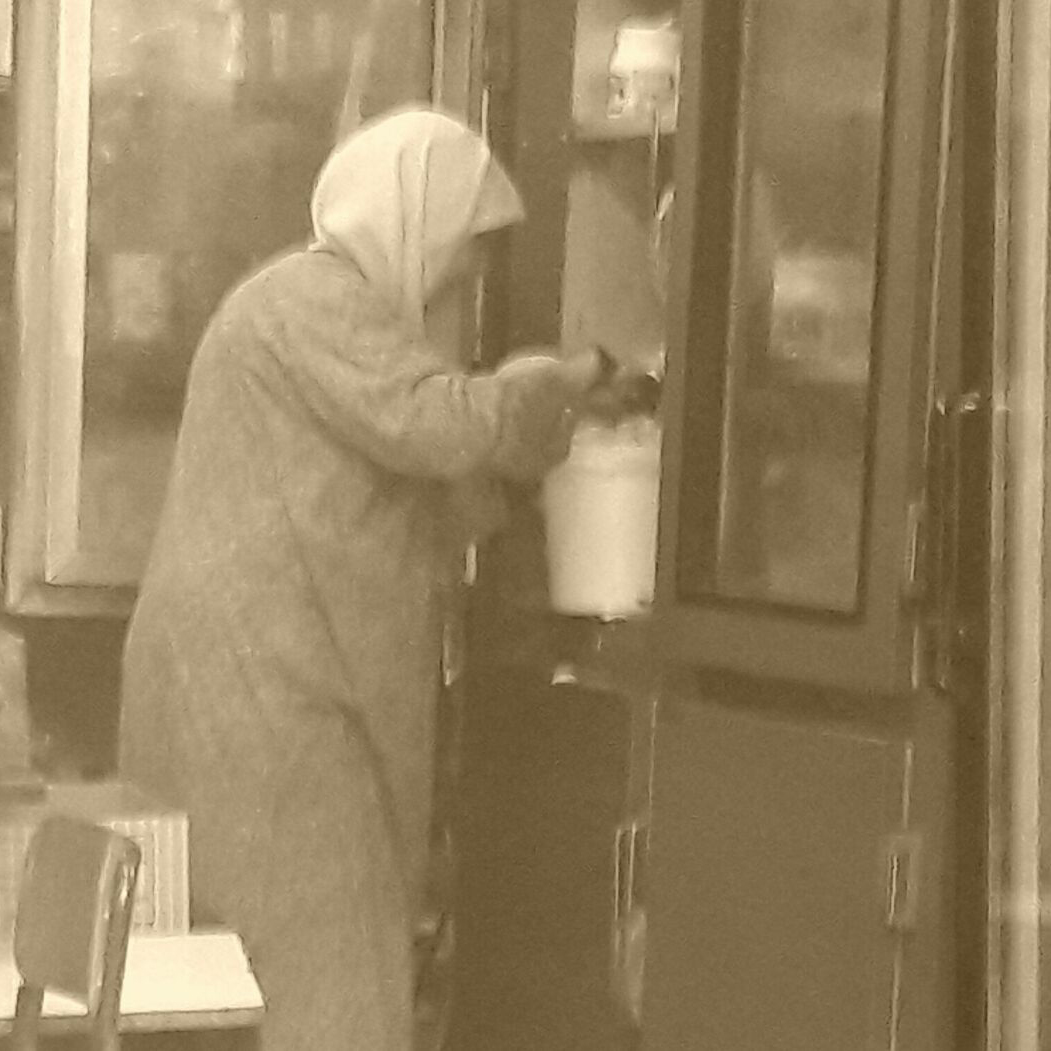
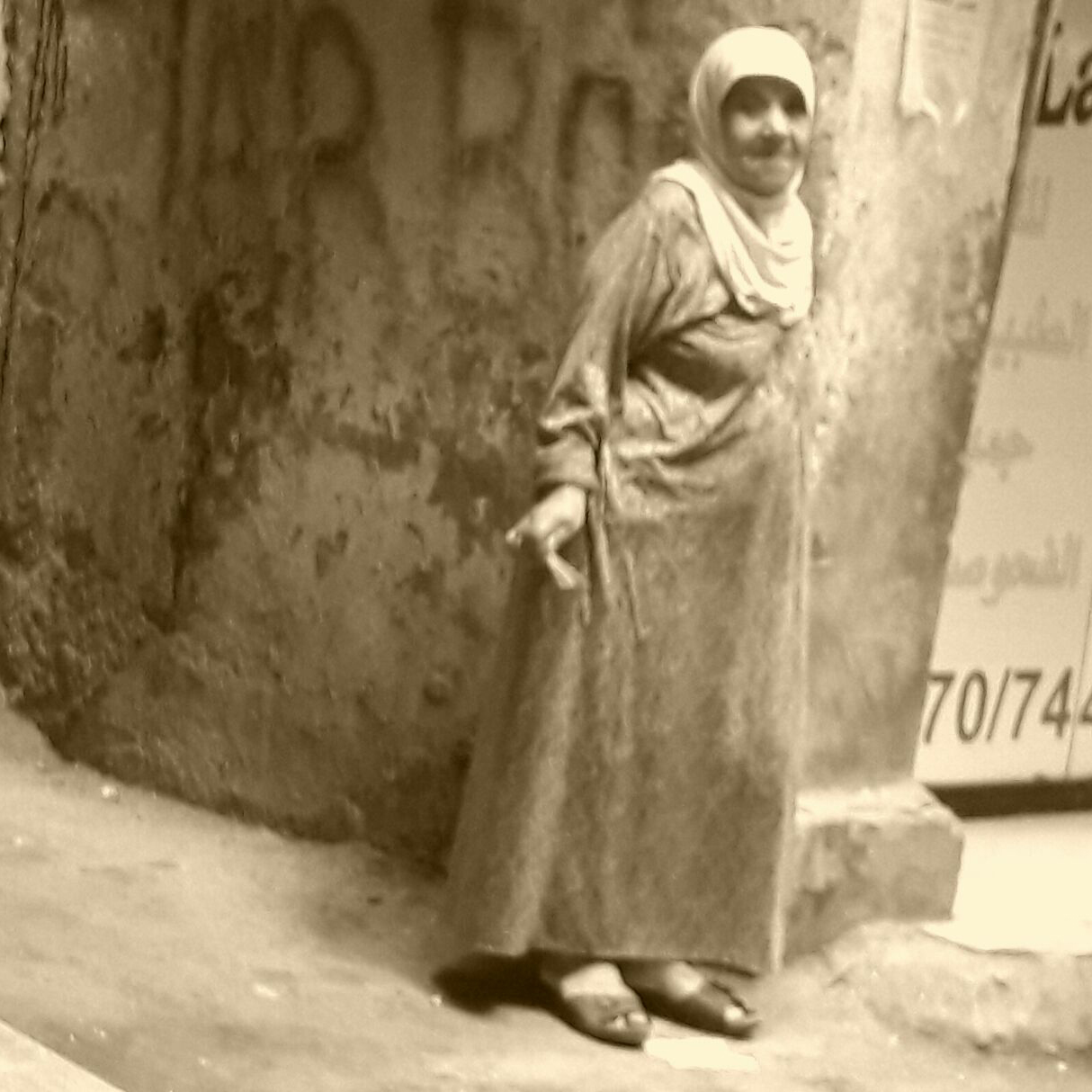
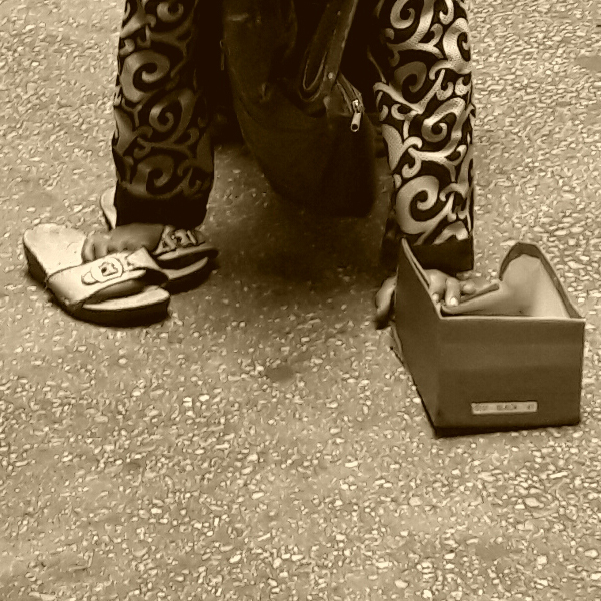
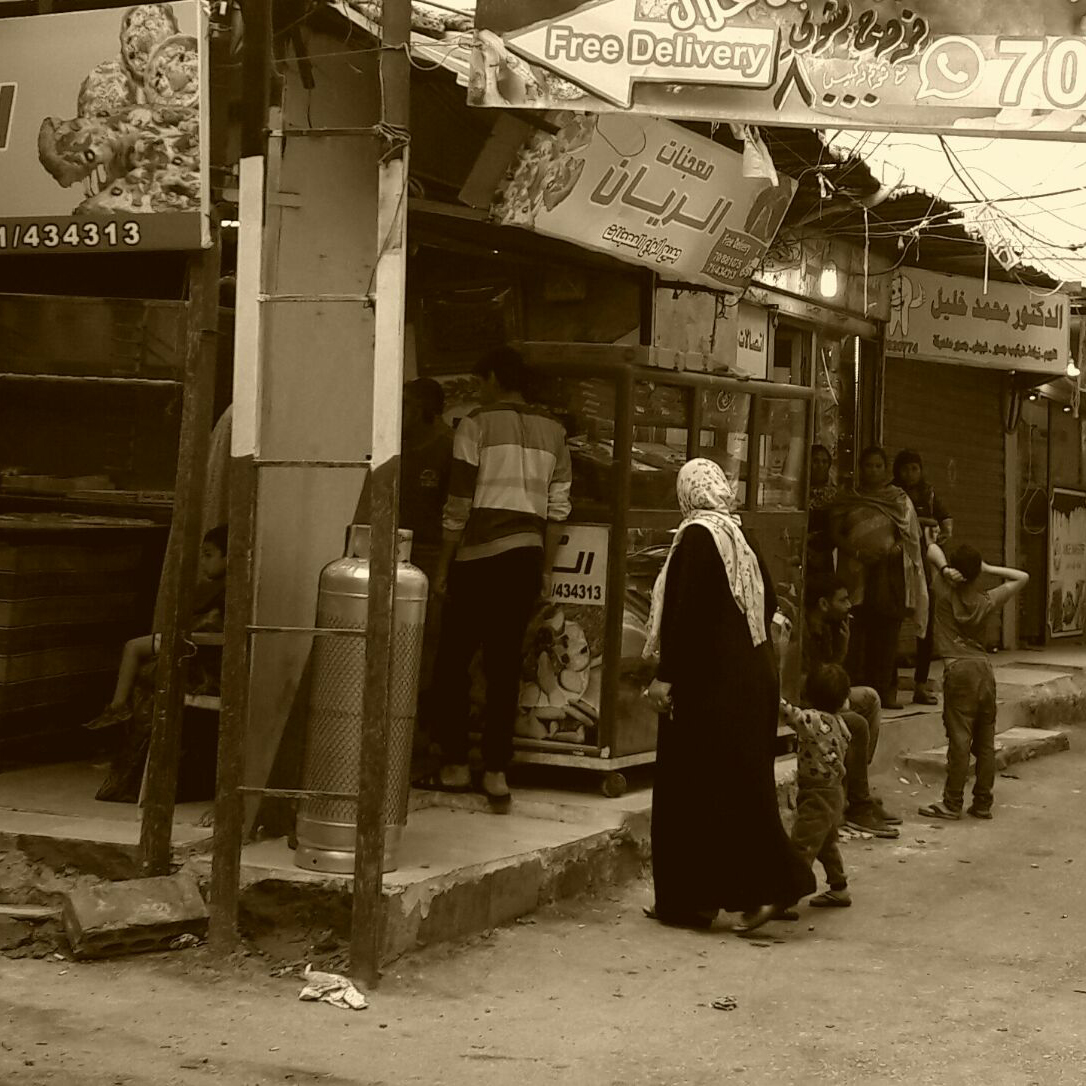
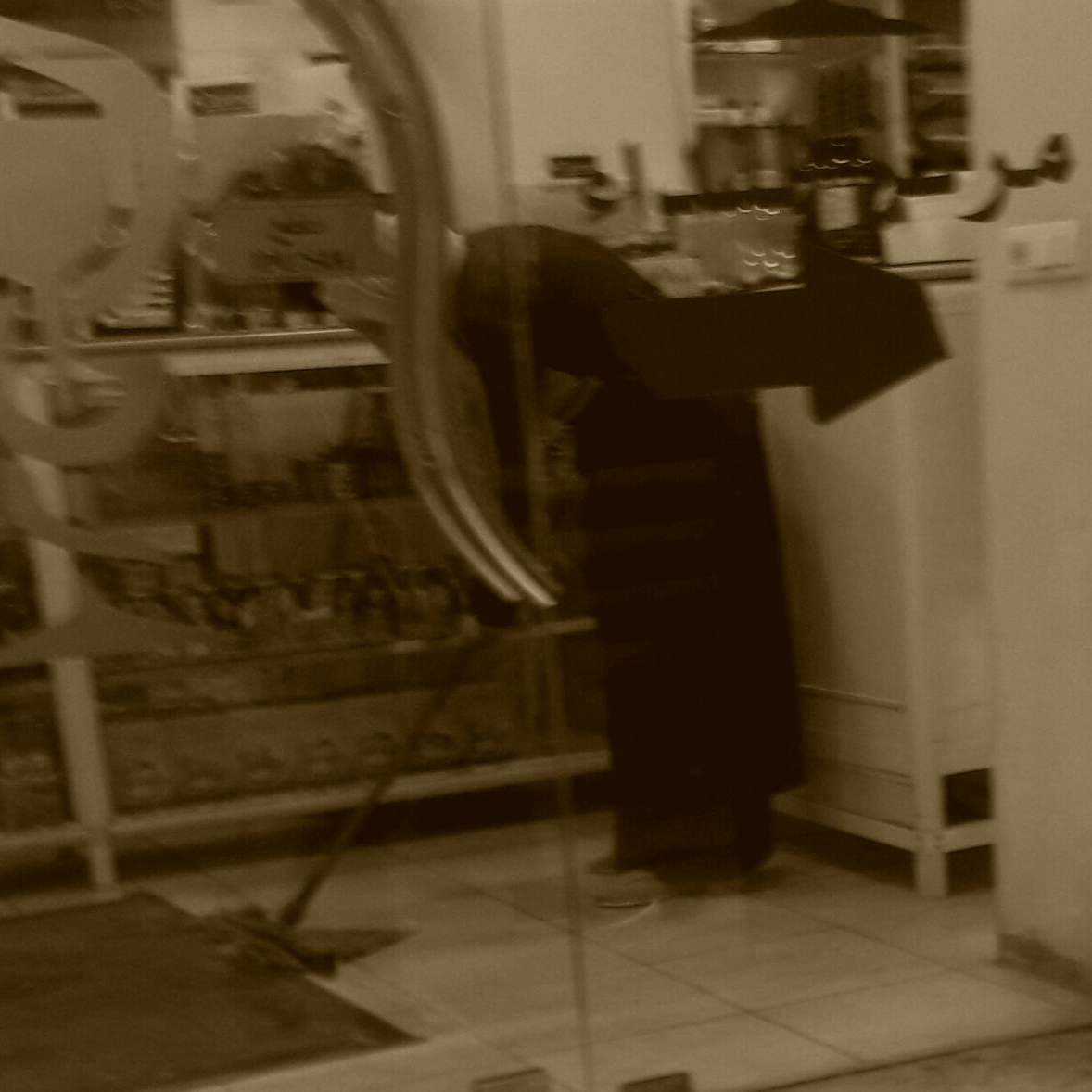
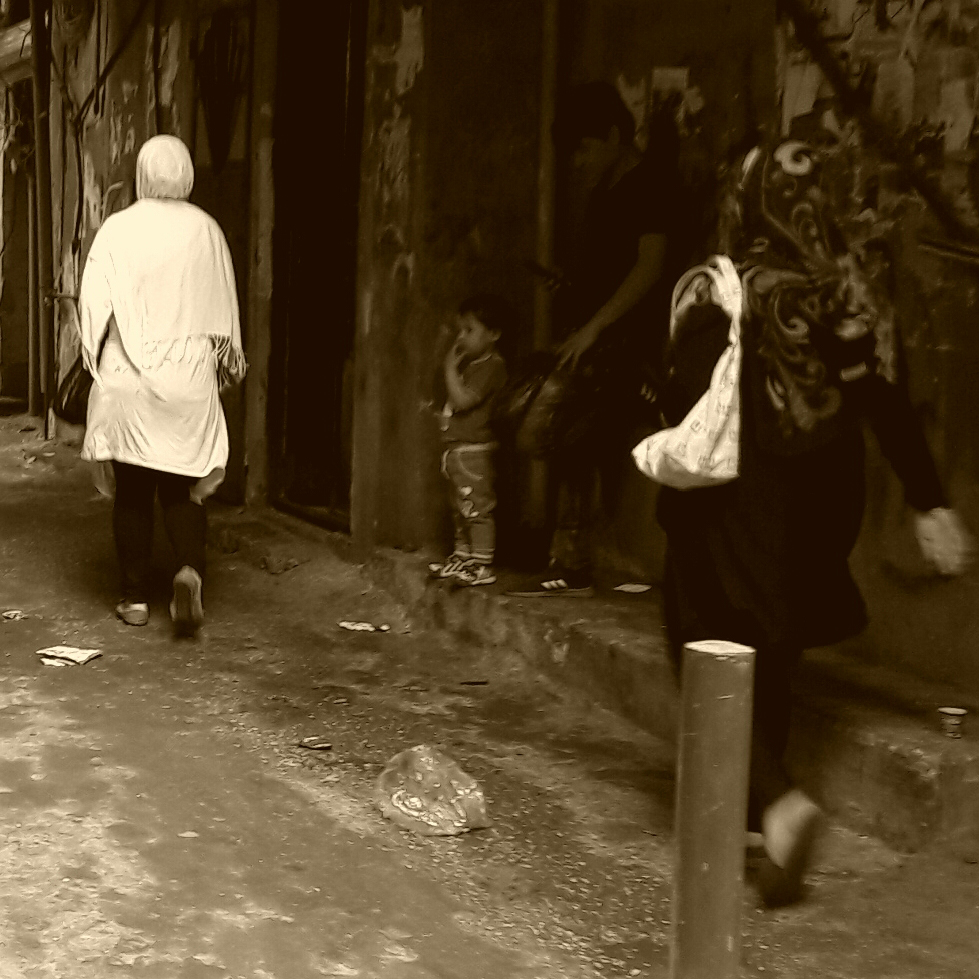
Women in the Camp
Women participate in all walks- of-life with men under very hard circumstances; she is a mother, a worker and a protector. Despite life’s hardship, women keep aspiring for a better reality.
Location: Shatila Camp, Beirut Lebanon
Photographer: Wissam Majdalawi, Gaza, Palestine, currently lives in Mar Elias camp, Beirut, Lebanon
Life Pleasures
Sometimes we take the simple pleasures of life for granted and at one given moment in our busy life something triggers us to stop to take a breath and enjoy these pleasures, be it fetching a cup of coffee under the spring rain in the camp of Shatila, in Beirut, Lebanon or be it enjoying the music of rain in Bourj el Shemali camp in Tyre, in the south of the country or be it the simple joy of making traditional saj bread in one of the busy streets of Tyre. The three stories featured here which speak for themselves embody these simple pleasures of life which we often ignore.
The Music of Rain
Despite the winter gloom, when we shut our eyes we can listen to the music of winter and enjoy it. It will bring you hope, and will put a smile on trees and children stuck behind windows.
Location: Bourj el Chemali camp Tyre, Lebanon
Filmmaker: Leila Arab, Bourj el Chemali camp, Tyre Lebanon
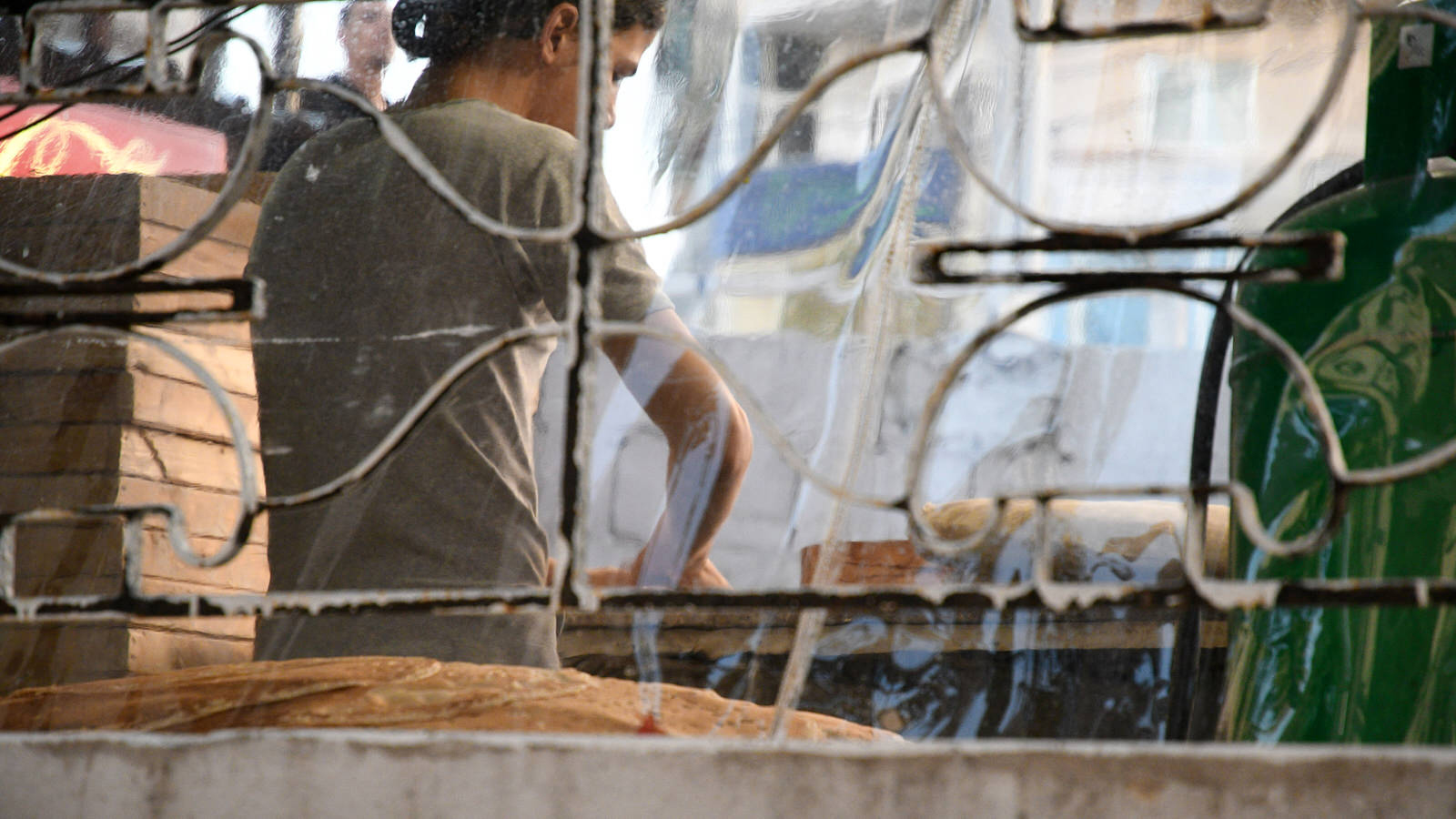
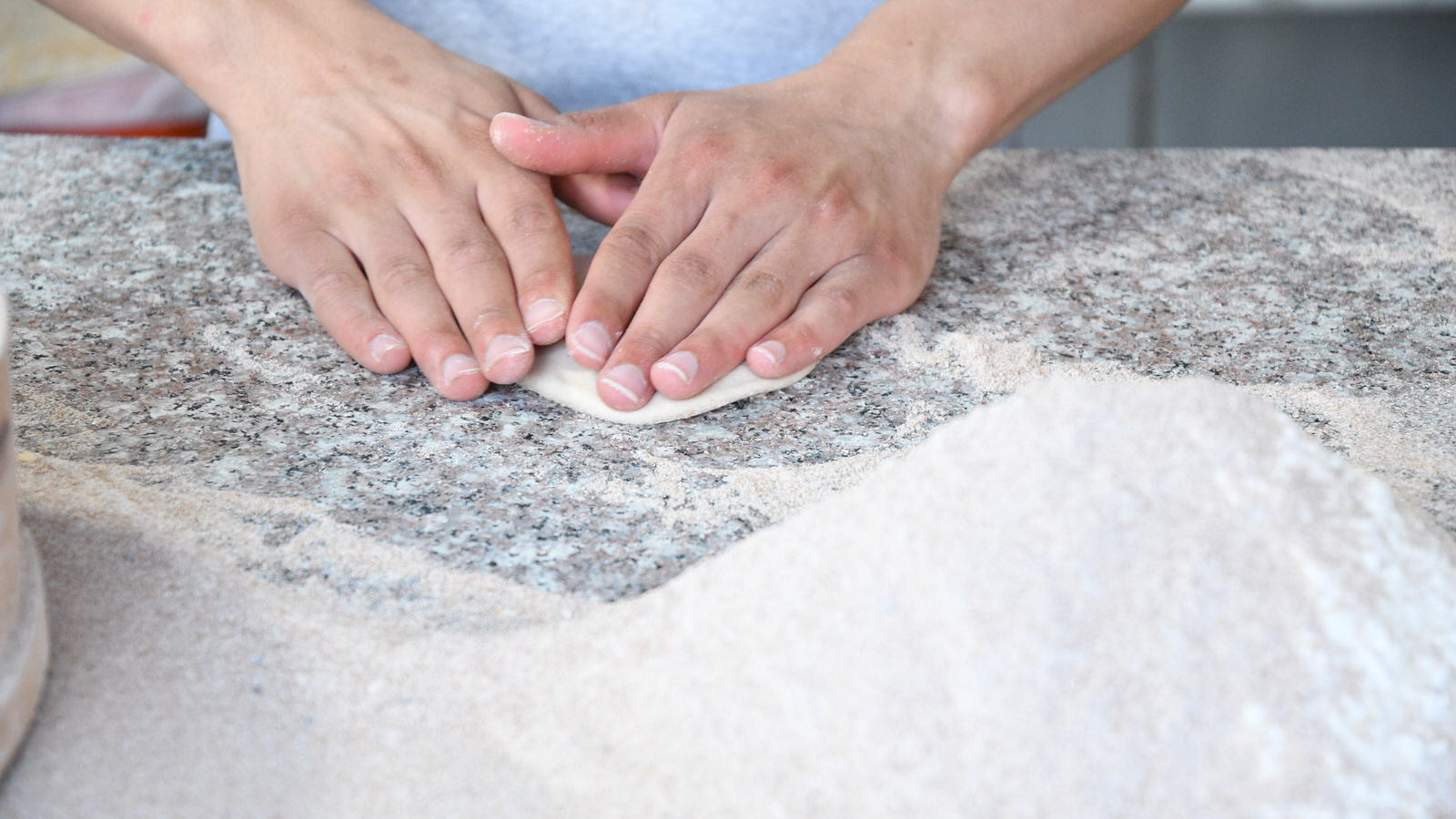

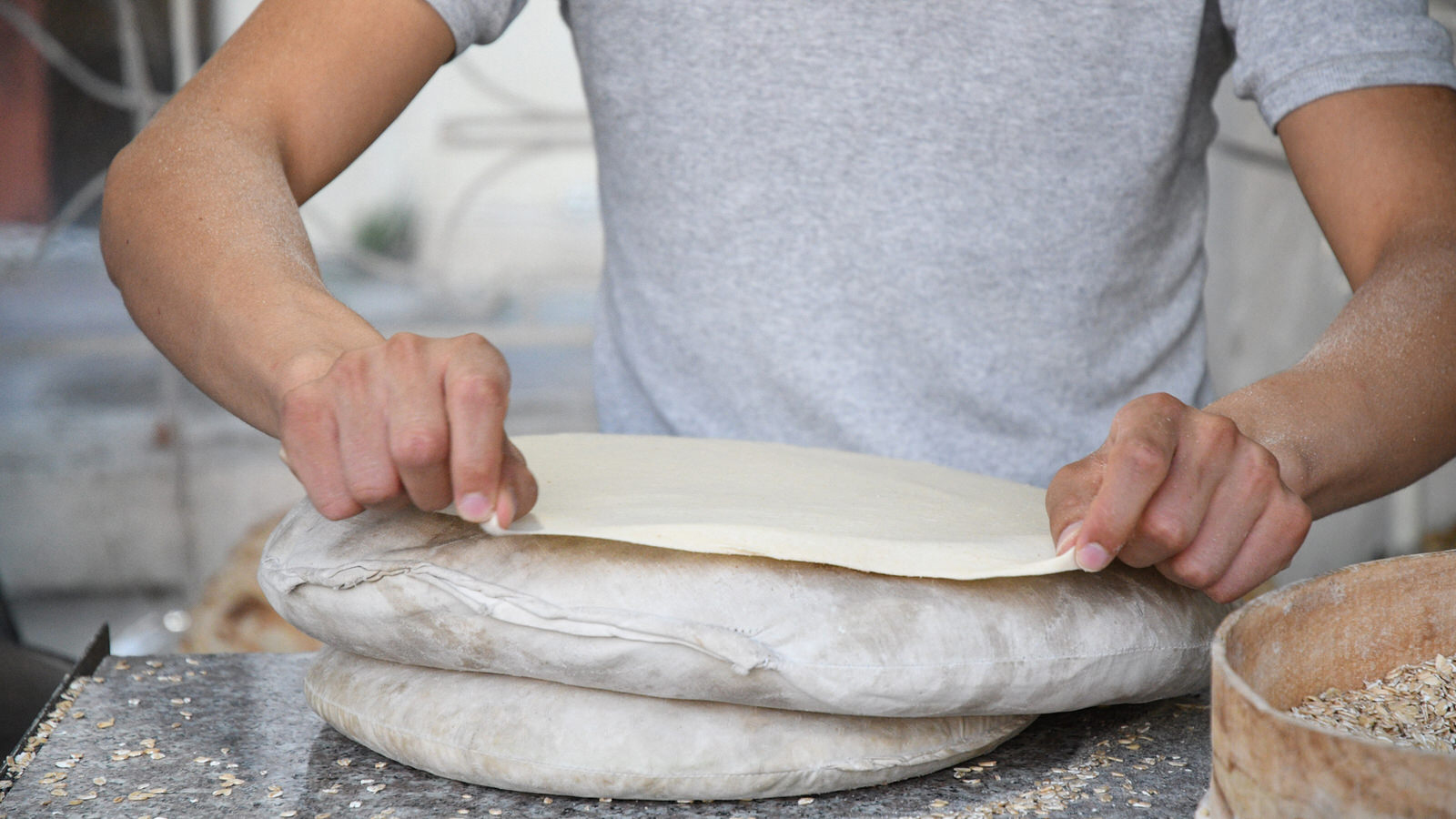
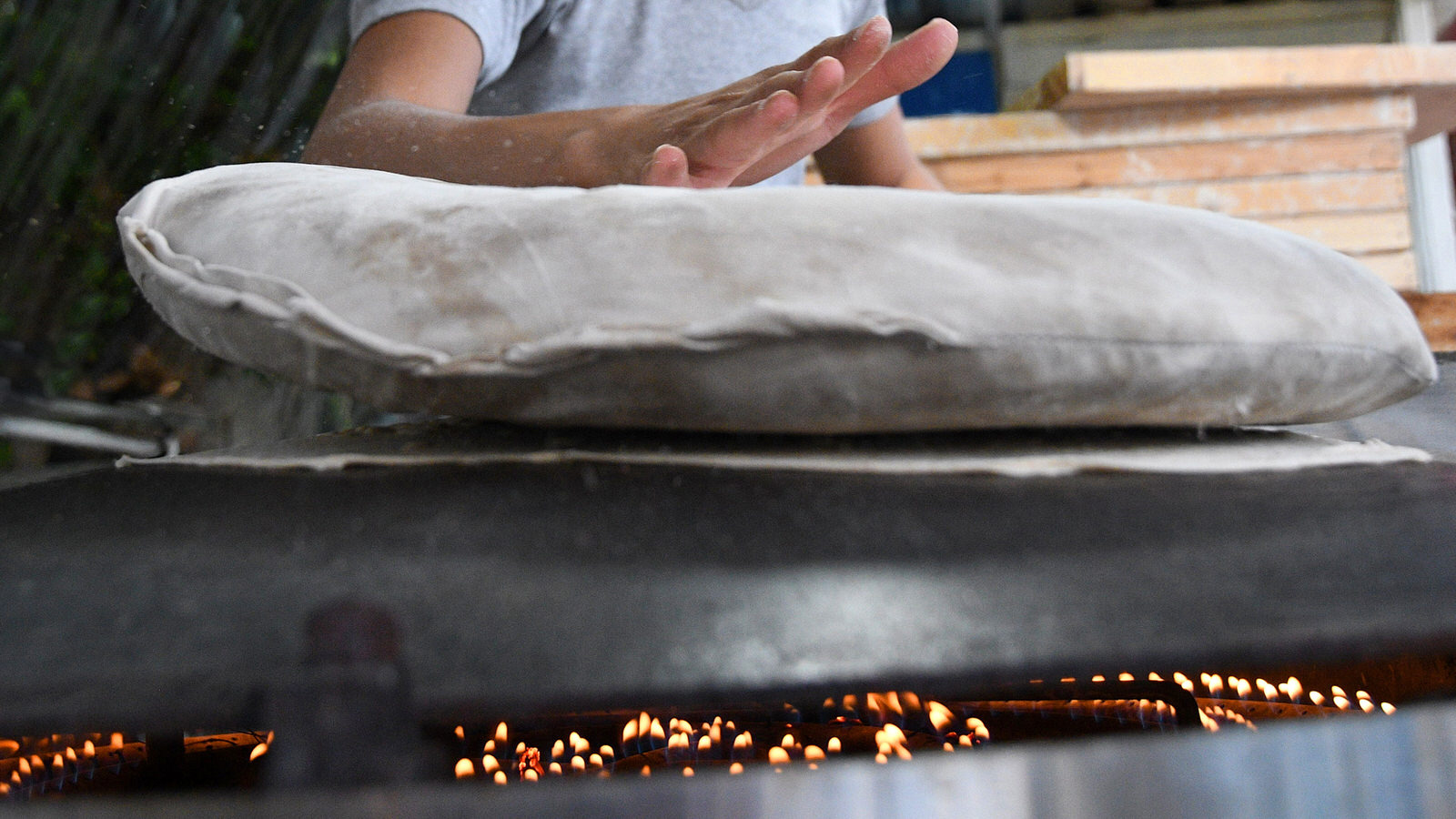
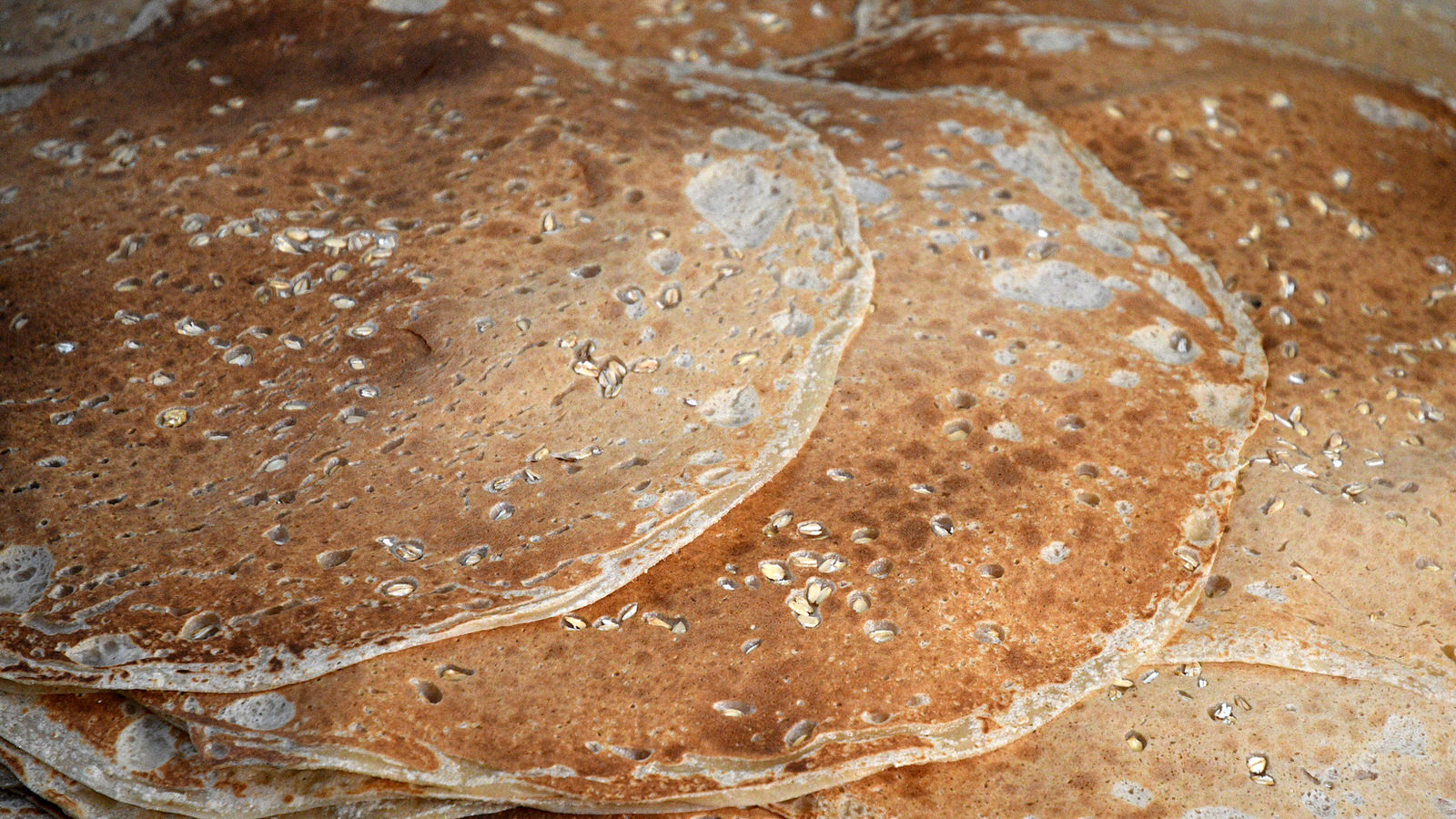
Crown Saj
Making a special cultural bread from the Levant on top of a carved metal pan.
Location: Tyre, Lebanon
Photographer: Hussein Al Haj Moussa, Tyre, Lebanon
Morning Coffee
Despite the winter gloom, when we shut our eyes we can listen to the music of winter and enjoy it. It will bring you hope, and will put a smile on trees and children stuck behind windows.
Location: Shatila camp Beirut, Lebanon
Photographer: Bassam Jamil, Al-Jalil camp Baalbek, Lebanon, previously Yarmouk camp, Damascus, Syria
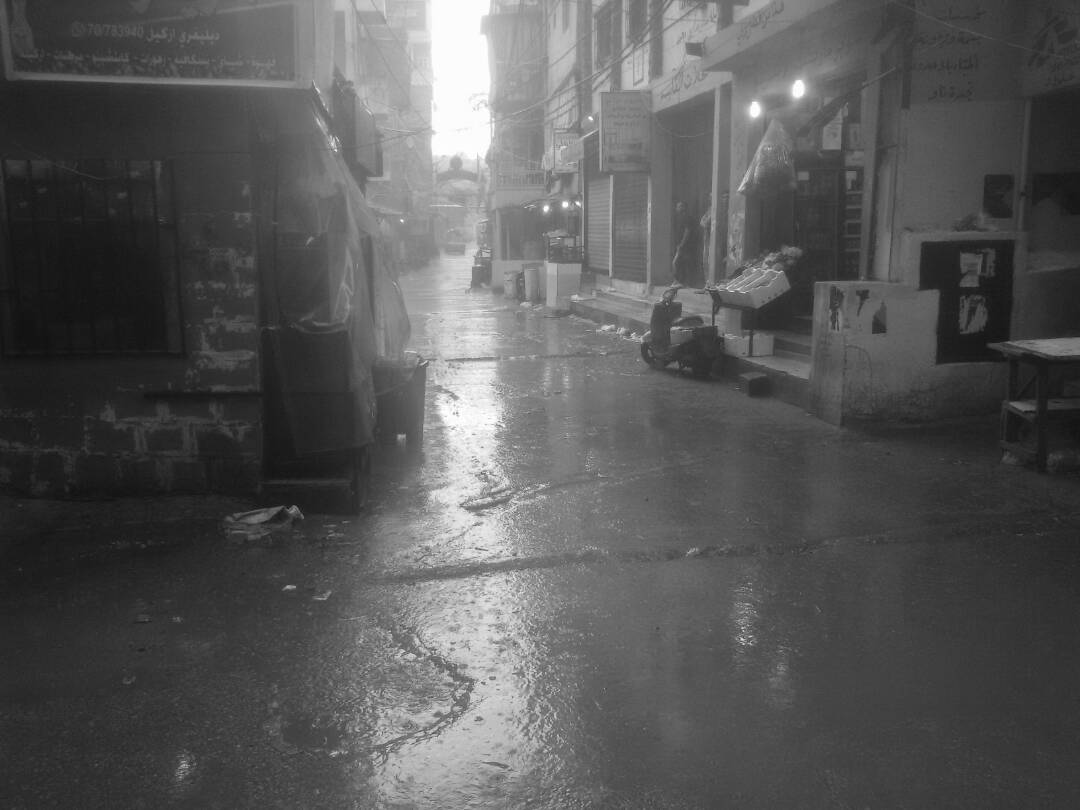
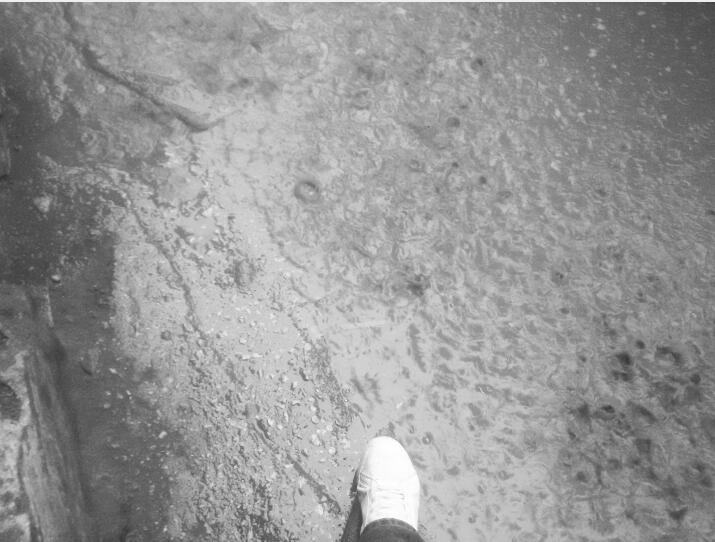
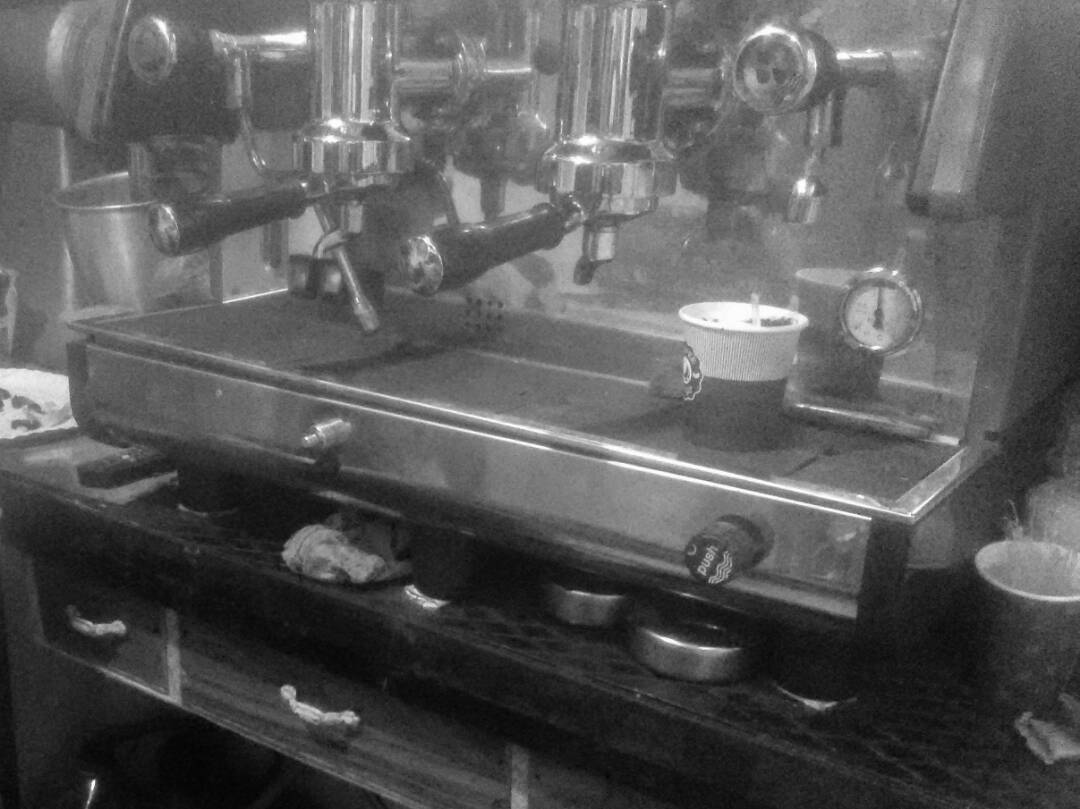
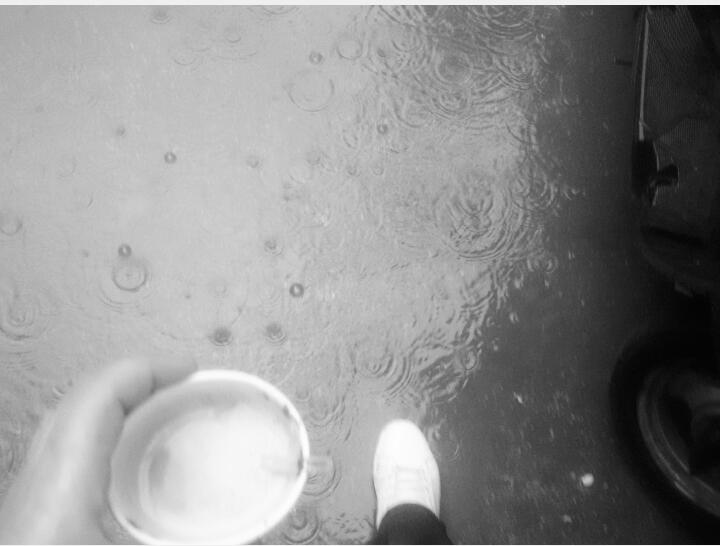
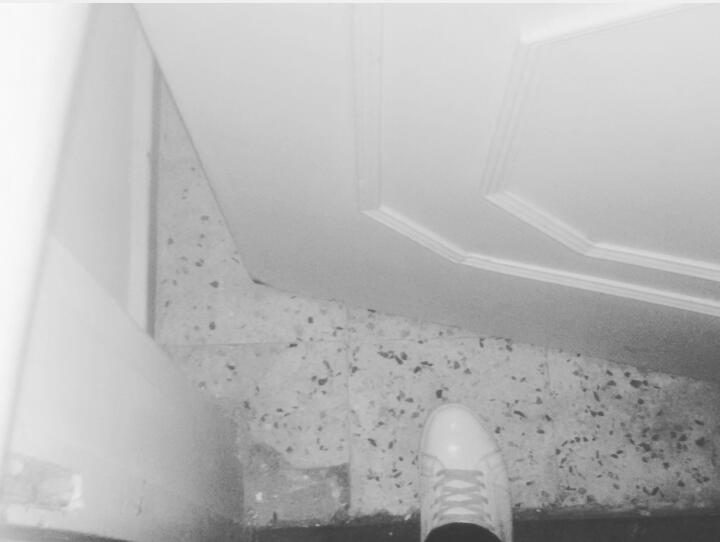
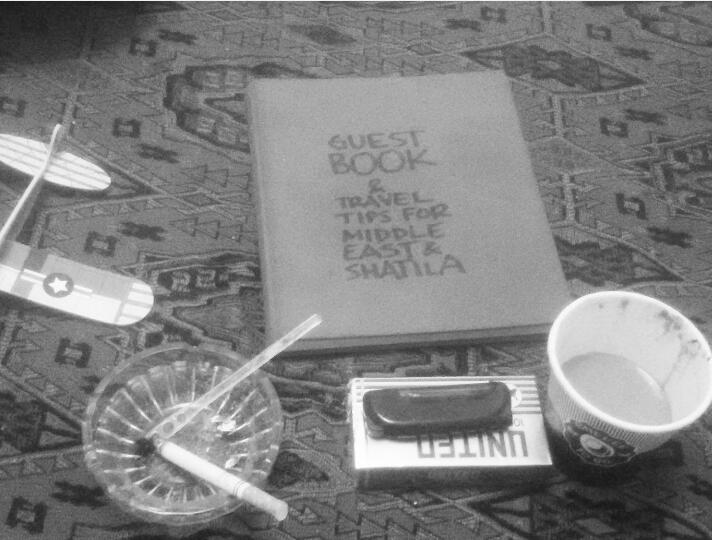
Places with Stories
Places are like people; they tell us stories, stories of happiness and stories of misery, stories of successes and stories of failures, stories of love and stories of hate, they simply tell us stories of life in all its colors. The two stories highlighted here do just that. The first raises the important issue of pollution of the Mediterranean sea and how that affects the livelihood of fishermen amongst other things, while the second highlights the danger electricity wires scattered around in every corner of the Palestinian camps in Lebanon constitute causing the death and injury of many every year.
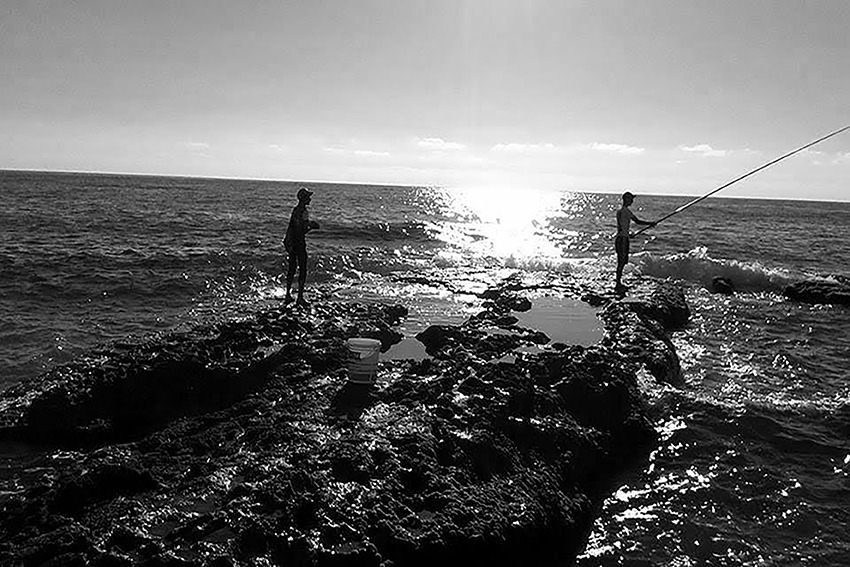
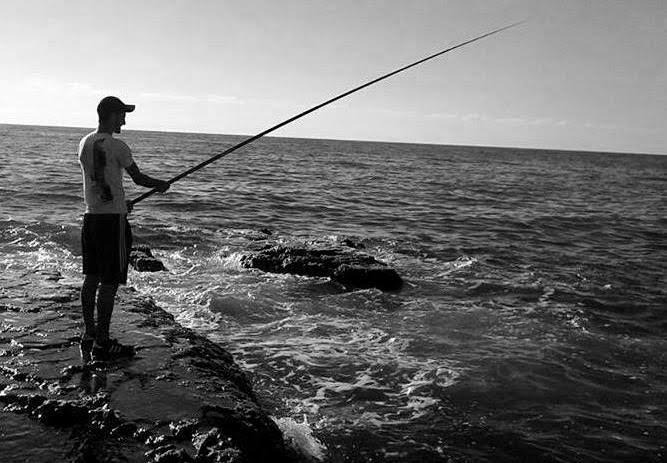

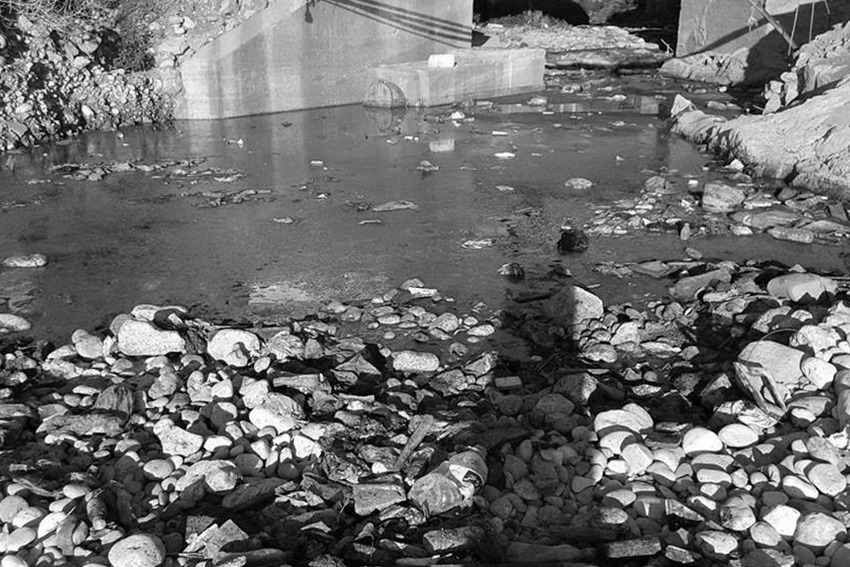
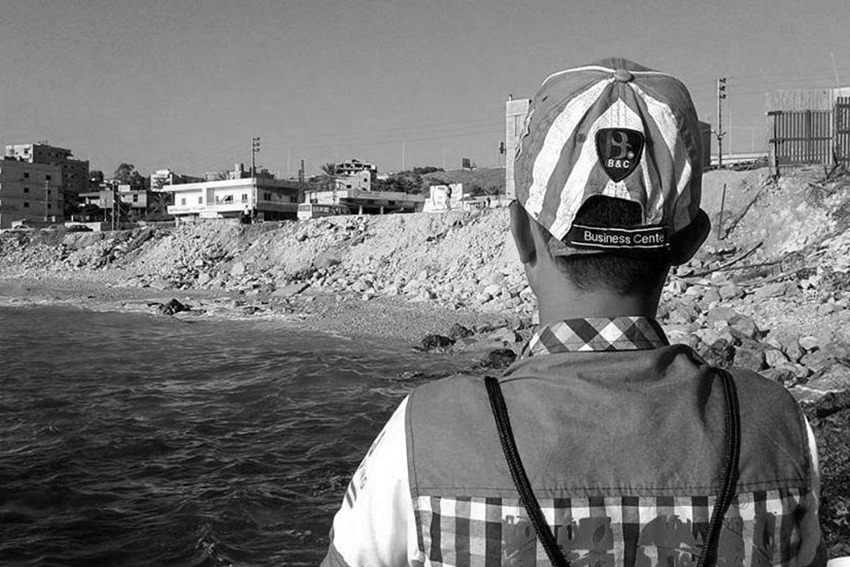
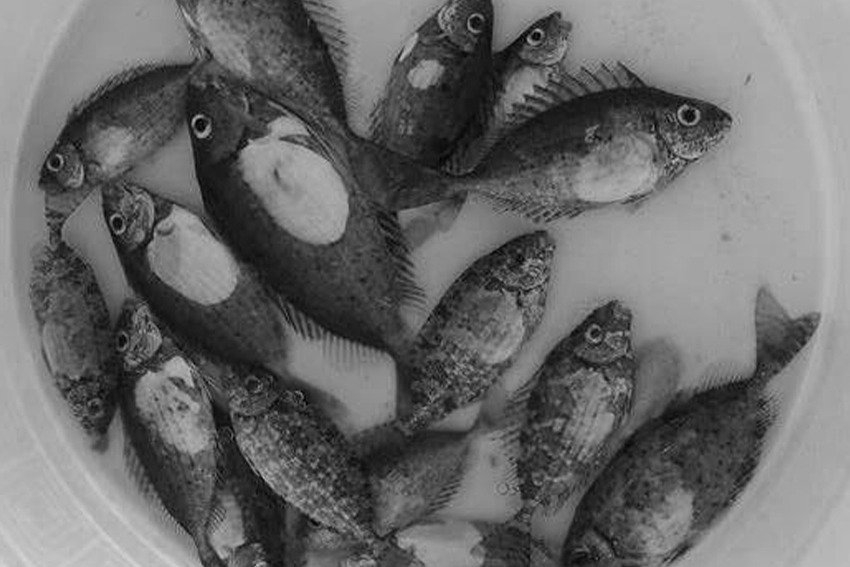
The Migrating Fish
Due to the intensification of sewage streams and the dumping of garbage and chemical waste on the beaches of the towns of Iklim el Kharoub in southern Lebanon; the rate of visiting fish has declined and the revenue of fishermen has been affected.
Location: Jadra Beach, Iklim el Kharoub, Lebanon
Photographer: Ashraf Sahli, Wadi el Zeina gathering, Lebanon, previously Yarmouk camp, Damascus, Syria
Electricity in the Camp
Refugees tremendously suffer from the randomness and danger of electricity, especially in winter.
Location: Shatila camp, Beirut, Lebanon
Photographer: Shadi Said, Ayn el Helweh camp, Saïda, Lebanon
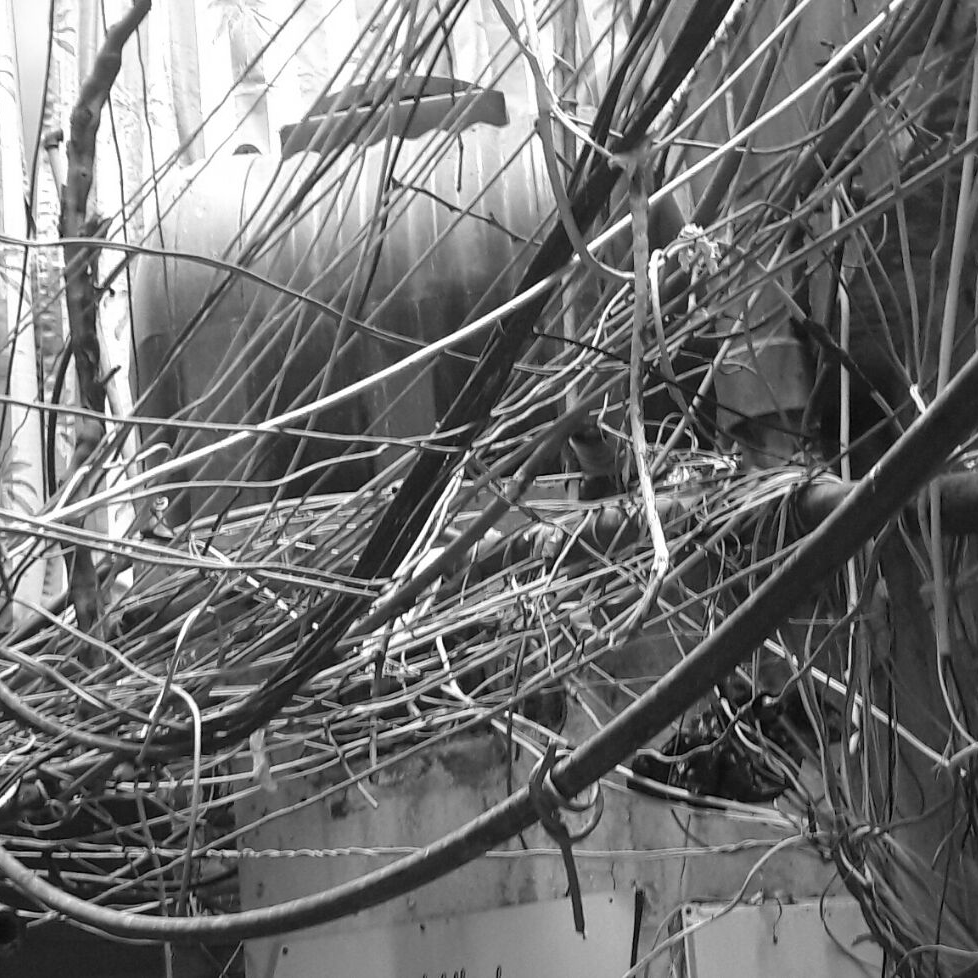
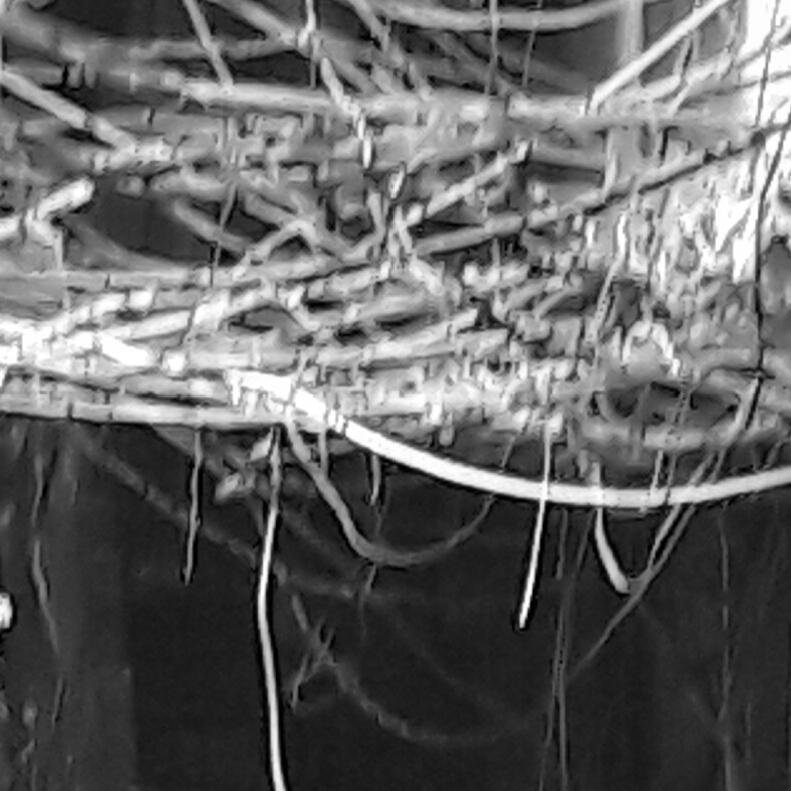
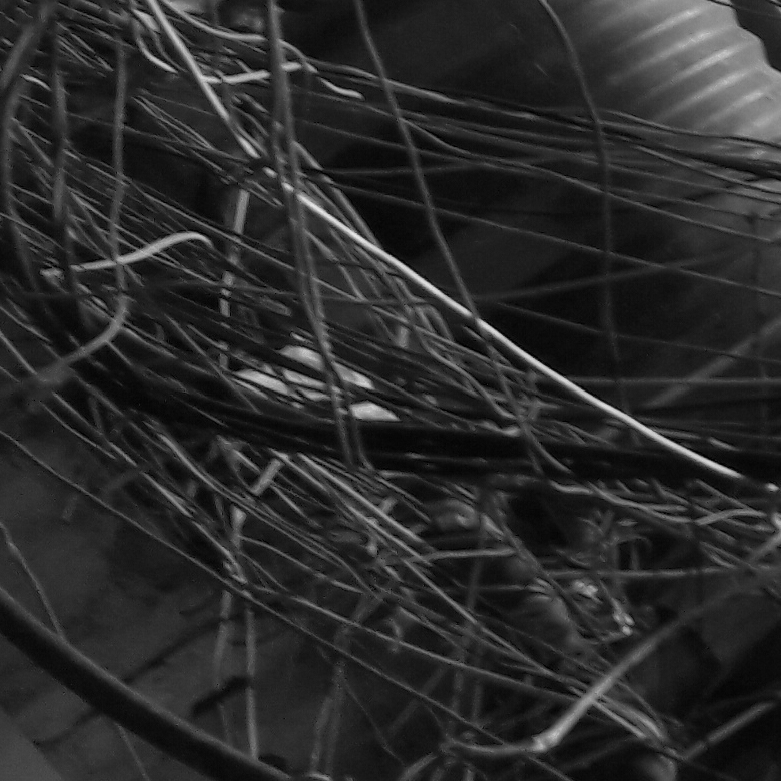

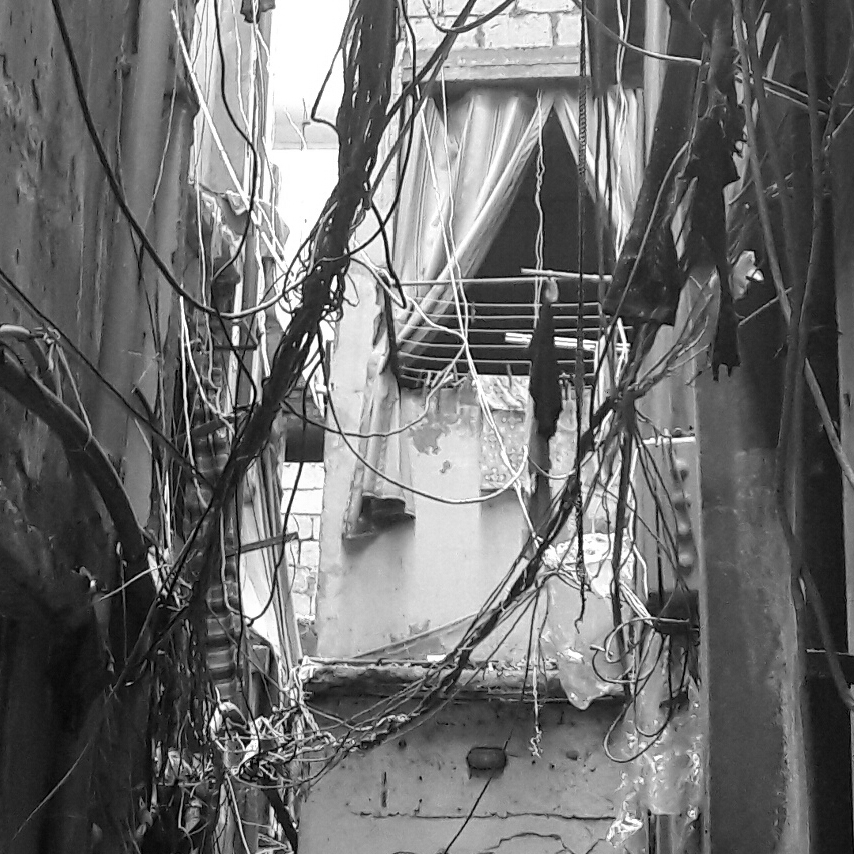

Oranges and a Gun
Shatila, where people put aside their guns for oranges and where people work hard for a decent living despite the harsh circumstances such as bad infrastructure, pollution and difficult access to education.
Location: Shatila camp Beirut, Lebanon
Filmmaker: Alaa Hamade, Beirut, Lebanon
Creations
The Palestinian culture is a rich one that is well rooted in the Palestinian society and especially amongst refugees in the diaspora perhaps because it keeps them closer to a home they all long to return to one day. Hence, the older generation holds tight to their culture and still want to create things based on long-time acquired skills or are keen to pass on these skills to the younger generation so they remain with them for years to come. Two of the featured stories here are of Shatila camp in the Lebanese capital Beirut, and the third is in Ayn el Helweh camp in Saida, South of the country highlighting the art of embroidery and making food in the traditional way.
Palestinian Heritage
Teaching children Palestinian heritage is not only a reminder of their rich culture but also gives them a new skill and shows them that there is nothing too difficult to make.
Location: Shatila refugee camp, Beirut, Lebanon
Photographer: Farah Marwan Diwan, Beirut, Lebanon
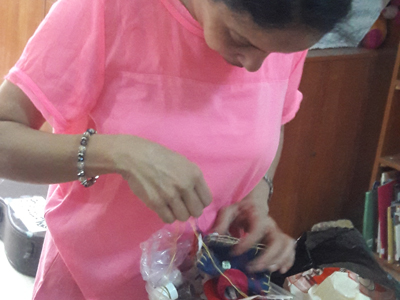
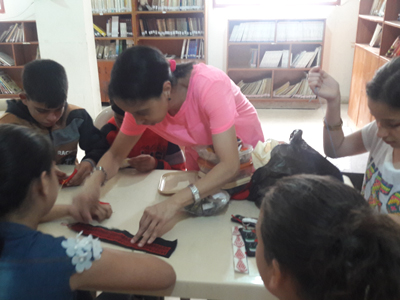
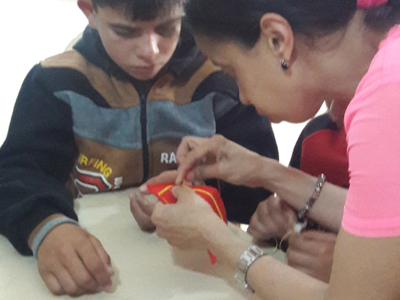
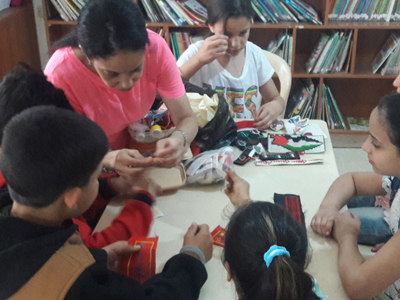


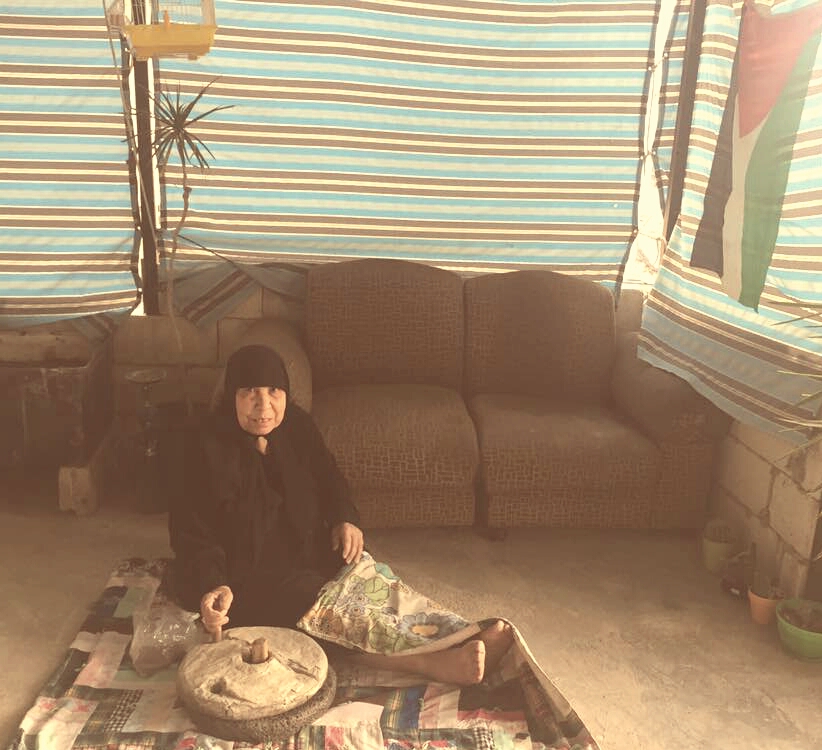
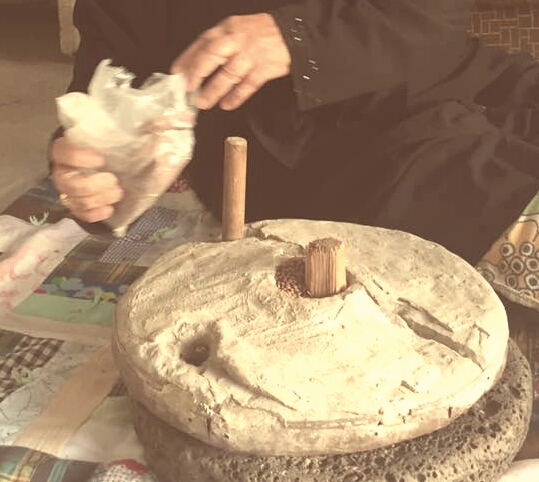

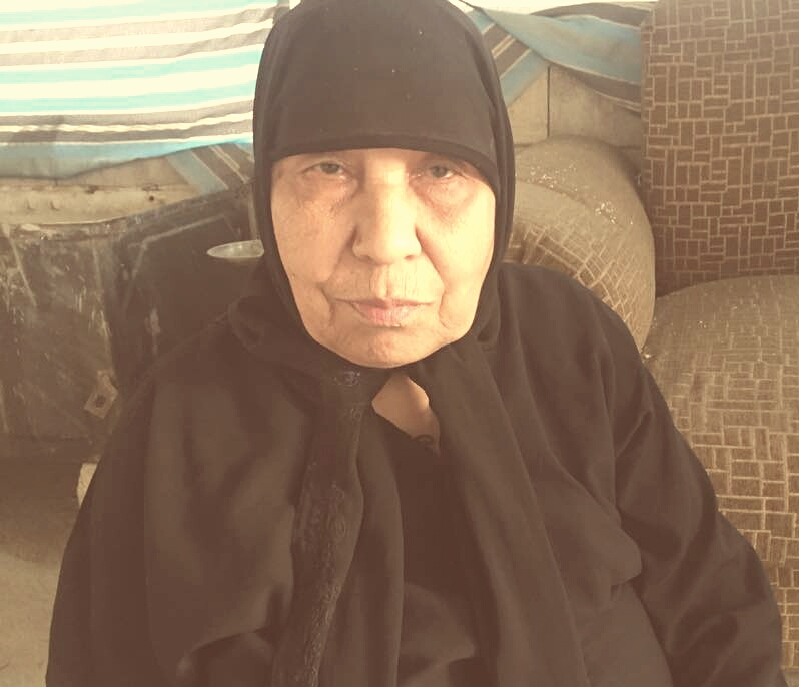

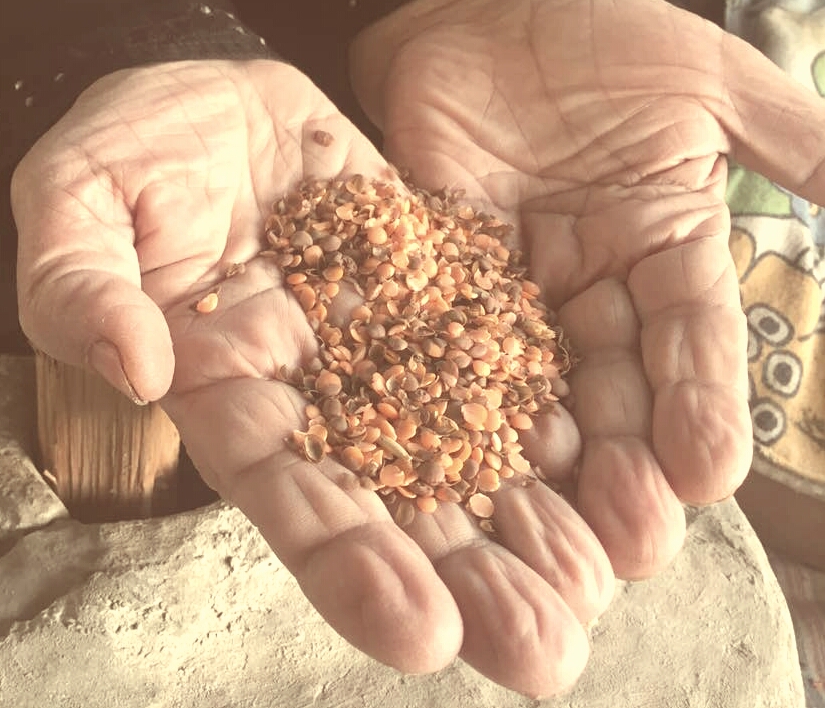
My Grandmother’s Grindstone
Um Ahmad is an example of women of her generation who hold tight to Palestinian customs and traditions. Although they are tired due to their old age, they insist on preserving the culture of their homeland. Um Ahmad, 75-years-old is keen on using her grindstone to grind her lentils.
Location: Ayn el Helweh camp, Saida, Lebanon
Photographer: Rasha Haidar Al Ghado, Ayn el Helweh camp, Saida, Lebanon
The Journey of a Sheep
The sheep is one of the kinds of meat we eat in different ways. Grilled fried or mixed together with rice and vegetables the sheep goes through different stages to become edible.
Location: Sabra Street, Beirut, Lebanon
Photographer: Mazen Kani, Shatila camp, Beirut, Lebanon


